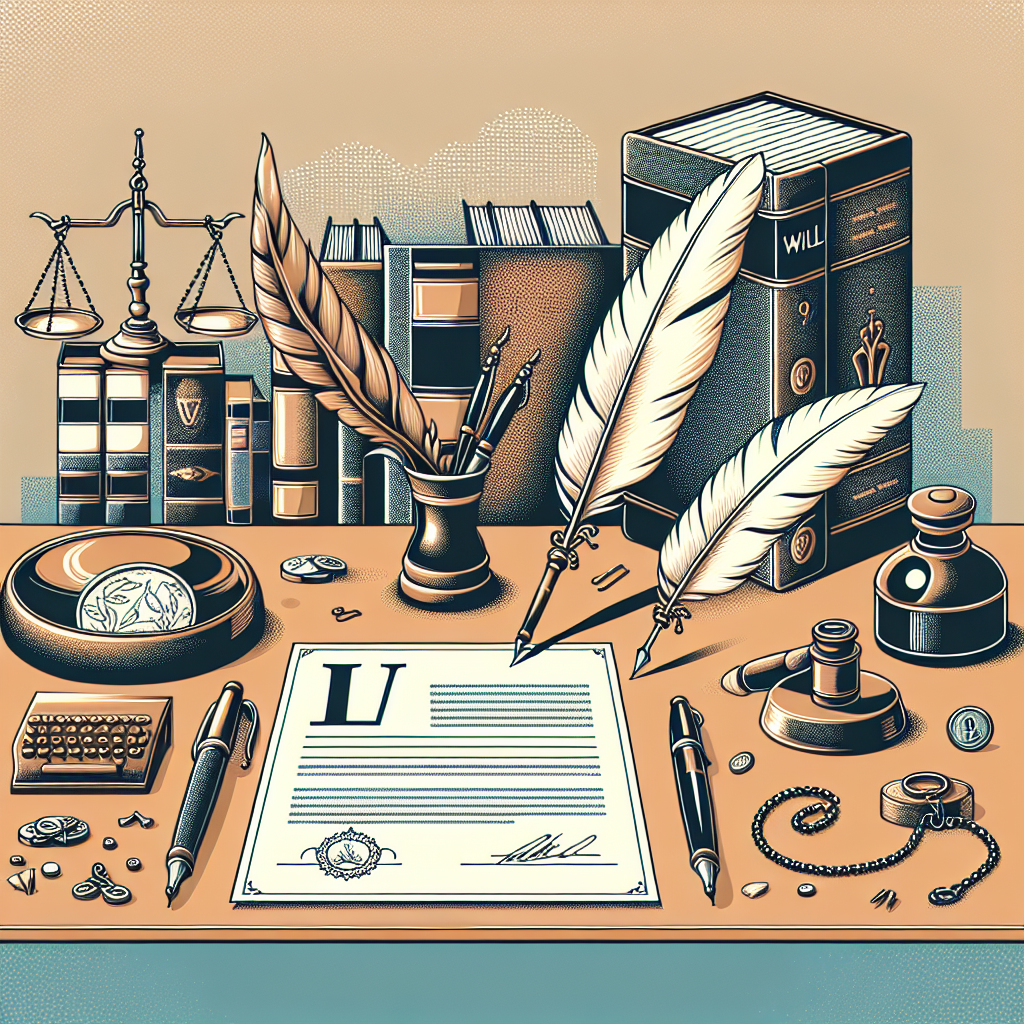
The Insider's Guide to Understanding Wills Drafting: Decoding the Legal Process
Aug 14, 2024
2 min read
6
7
0
Have you ever wondered about the legal intricacies involved in drafting a will? The process of wills drafting is often shrouded in mystery for the average person. However, understanding this vital legal document is crucial to ensure your wishes are carried out as intended. In this insider's guide, I will walk you through the nuances of wills drafting, shedding light on the importance and key elements of this legal process.
Why Wills Drafting Matters
Drafting a will is not just about dictating who gets your prized possessions after you're gone. It is a powerful tool that allows you to protect your loved ones, distribute your assets according to your wishes, and avoid potential disputes among family members. By clearly outlining your intentions in a legally binding document, you can provide clarity and peace of mind to those you leave behind.
The Legal Framework
Wills drafting is governed by specific laws and regulations that vary by jurisdiction. It's essential to understand the legal framework in your area to ensure your will is valid and enforceable. Consulting with a qualified legal professional who specializes in estate planning can help you navigate the complexities of wills drafting and create a document that complies with all legal requirements.
Key Elements of a Will
A will typically includes several key components that outline how your assets should be distributed and managed after your passing. Some essential elements of a will include:
Executor: The person responsible for carrying out the terms of the will.
Beneficiaries: Individuals or entities who will receive your assets.
Guardianship: Designation of a guardian for minor children or dependents.
Asset Distribution: Clear instructions on how your assets should be distributed.
Contingency Plans: Provisions for unforeseen circumstances or changes in beneficiaries.
The Drafting Process
The process of drafting a will involves careful consideration of your assets, liabilities, and beneficiaries. It's essential to work with a legal professional who can guide you through the decision-making process and ensure your will reflects your wishes accurately. Here is a simplified overview of the will drafting process:
Consultation: Meet with an estate planning attorney to discuss your goals and objectives.
Asset Inventory: Compile a list of your assets, including properties, investments, and personal belongings.
Beneficiary Designation: Determine who will receive your assets and in what proportion.
Legal Drafting: Your attorney will draft the will document based on your instructions and legal requirements.
Review and Signing: Carefully review the document for accuracy before signing it in the presence of witnesses.
Conclusion
Understanding the ins and outs of wills drafting can empower you to make informed decisions about your estate and legacy. By taking the time to create a well-crafted will, you can protect your loved ones and ensure your assets are distributed according to your wishes. Remember, a will is not just a piece of paper—it's a powerful tool that enables you to shape your legacy and provide for future generations.

Next time you hear the term "wills drafting," you'll have a deeper understanding of the process and its significance. If you haven't already, consider consulting Phyllis O. Duffy, Attorney at Law, to discuss your options and begin the journey of creating a will that reflects your legacy.
Remember, your will is your voice beyond the grave—make sure it speaks volumes.
Aug 14, 2024
2 min read
6
7
0




